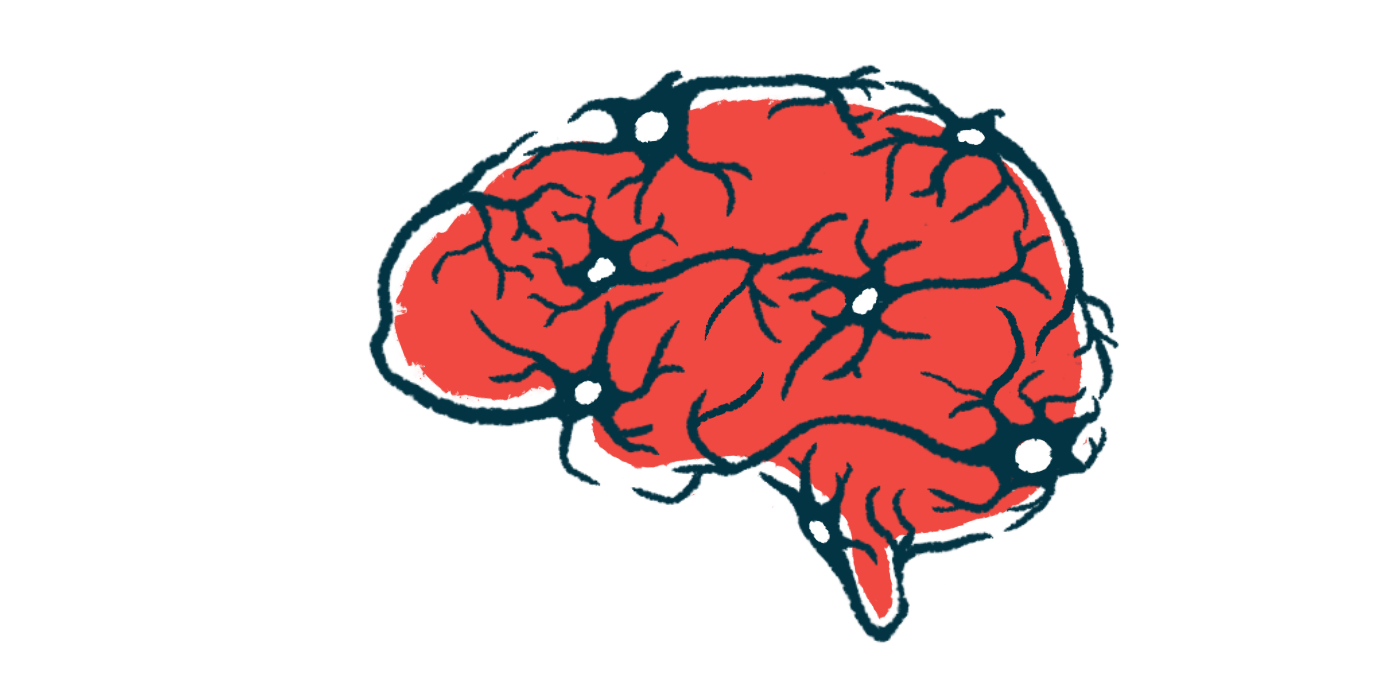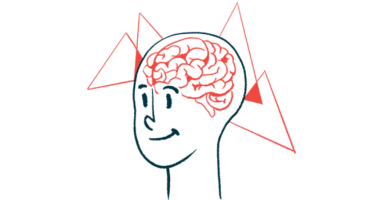Noninvasive brain stimulation may help with walking ability: Analysis
Transcranial direct current stimulation may improve walking but not balance

A noninvasive brain stimulation technique called transcranial direct current stimulation (tDCS) can significantly improve walking abilities in people with multiple sclerosis (MS), according to a pooled analysis of published studies.
The technique was effective when applied to the main brain region called the primary motor cortex, which is involved in complex voluntary movements. However, assessments of balance and patient-reported walking abilities showed no difference between treatment and sham groups.
Researchers noted the available evidence was low quality, with a high degree of variability between the individual studies assessed.
Details of the pooled analysis were published in the Journal of NeuroEngineering and Rehabilitation, in the study “Effectiveness of transcranial direct current stimulation on balance and gait in patients with multiple sclerosis: systematic review and meta-analysis of randomized clinical trials.”
MS is a chronic, inflammatory disease affecting the central nervous system, or the brain and spinal cord. Neurological damage leads to various MS symptoms, such as problems with walking and balance, as well as fatigue and pain. Such symptoms increase the risk of falls, which can compromise a person’s ability to perform daily activities.
Noninvasive brain stimulation shows potential for neurological conditions
Noninvasive brain stimulation techniques such as tDCS have shown potential in rehabilitating people with neurological conditions. In tDCS, low electrical currents are delivered to specific regions of the brain via electrodes placed on the scalp, with the goal of modulating nerve cell activity.
Still, “the exact influence of tDCS on gait and balance function in patients with MS remains unclear,” the researchers wrote.
To fill in this knowledge gap, a team at the University of Castilla-La Mancha, in Spain, reviewed the available evidence on the efficacy of tDCS in improving gait and balance in people living with MS.
Following a database search, they identified 11 randomized controlled trials that examined the technique’s impact on at least one measure of gait or balance against a control or sham procedure. The studies included 230 MS patients, of whom 67.8% were women, and whose mean age was 40.3 years. All participants were still able to walk, with or without assistance.
To assess the impact of tDCS on gait, or walking function, the researchers pooled the results from eight studies that included 158 participants. The gait assessments applied were the Timed Up and Go test (TUG), the 2-minute walk test (2MWT), and the 25-foot walk test (25FWT).
TUG measures the time it takes to rise from a chair, walk 3 meters (nearly 10 feet), then walk back to the chair and sit down. 2MWT measures the distance walked in two minutes, and 25FWT assesses the time it takes to walk 25 feet.
The pooled results showed tDCS significantly outperformed a sham procedure on functional gait. Between pooled studies, however, there was a high level of heterogeneity, meaning studies had a lot of variability in treatment, participants, study design, or data analysis.
Although the overall benefits were moderate, the researchers found the quality of supporting evidence was low by using the Grades of Recommendation Assessment, Development, and Evaluation, a tool for grading the quality of evidence and the strength of guideline recommendations.
Significant differences between treatment and a control procedure occurred when tDCS was applied on the primary motor cortex. While walking improved when stimulation was applied to the cerebellum, a brain region that helps regulate movement and balance, the differences were not statistically significant.
Still, a subgroup analysis that compared stimulation sites did not find significant differences between the primary motor cortex and the cerebellum.
The Berg Balance Scale was used to evaluate balance in three studies involving 56 patients, which found no differences between tDCS and controls. While there was little heterogeneity in this comparison, the quality of evidence remained low.
No significant differences found in patient-reported walking ability
The data also showed no significant differences between tDCS and sham groups on the 12-item Multiple Sclerosis Walking Scale, a patient-reported measure of the impact of MS on walking ability. This was based on data from three studies with 61 patients.
A bias assessment of all 11 studies that compared tDCS and sham suggested a possible risk of publication bias, or when the outcome of an experiment biases the decision to publish.
“According to the results of our meta-analysis, tDCS improves functional gait capacity in patients with MS … but not static balance,” the researchers concluded, adding that the evidence was of low or very low quality for these assessments.
“Further studies with parameter standardization and individualization of application are needed to increase the success of tDCS therapy,” they wrote.








